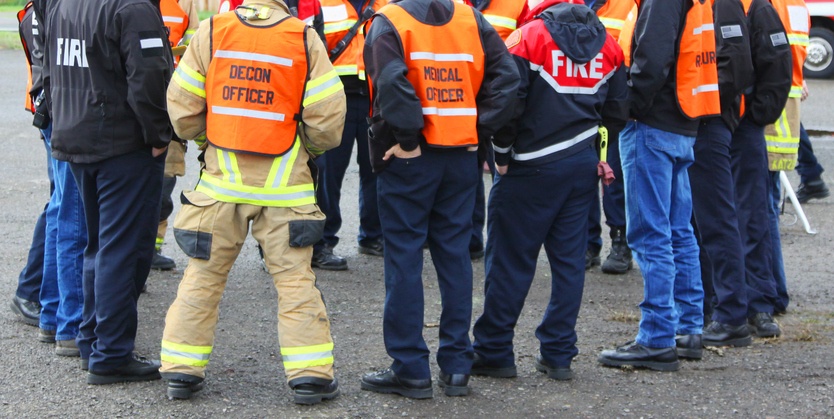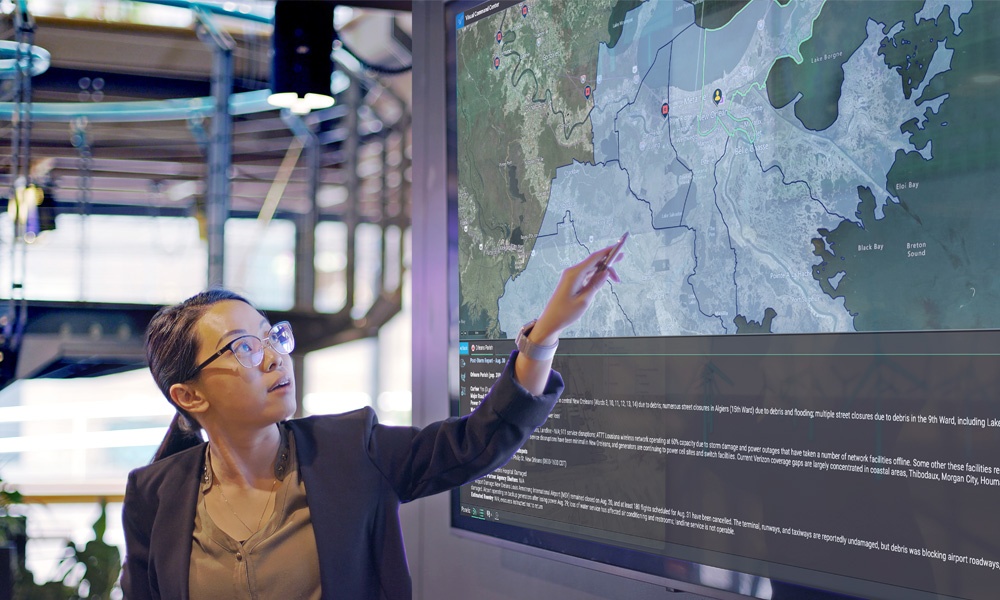Blog
CMS emergency preparedness final rule: 5 Things your communication plan needs to meet criteria

November 2017. Every emergency preparedness planner has that date in the back of their mind, the deadline for implementing the new CMS emergency preparedness plans in hospitals and healthcare systems. There are hundreds of pages of guidelines to review and planners are concerned they might miss something as they work through and implement the final rule. We at Everbridge have been poring over the documents too and will be providing tools and information to help your hospital come up to par painlessly and quickly. As you address the guidelines, we have a team to collaborate with you and discuss your plans and concerns. As you know, one of the four points of the final rule is around communication. We’ve combed through the Federal Register Vol. 81, No. 180, Medicare and Medicaid Programs; Emergency Preparedness Requirements for Medicare and Medicaid Participating Providers and Suppliers; Final Rule and found the following communication areas for your team to address:
Speed of Response
“It is essential that hospitals have the capacity to respond in a timely and appropriate manner in the event of a natural or man-made disaster.”
You must respond immediately when an incident occurs. It is important that your communications network be ready to go at the touch of a button. Things to consider are ready-made templates that can be tailored quickly to the specific incident and a communication system that can send out messages via multiple options (mobile, robocalls, text, email, etc.) to ensure everyone is reached “in a timely and appropriate manner.”
Tailored to Your Population
“At-risk-populations are individuals who may need additional response assistance, including …from diverse cultures, have limited English proficiency or are non-English speaking.”
The messaging you deliver needs to reflect your local population. Perhaps you have a large Hispanic community near your facility — messages may need to be in two or more languages. Again, using prepared templates that require only a few modifications tailored to the incident will ensure your community gets the message and knows how to act on it.
Coordinate with the Local Community for CMS Emergency Response
“A hospital [must] have a process for ensuring cooperation and collaboration with local, tribal, regional, state, or federal emergency preparedness officials’ efforts to ensure an integrated response during a disaster or emergency situation.”
Hospitals are often at the center of their communities when it comes to the health of the local population. During a crisis, patients may appear in the Emergency Department seeking aid. The local community of police, fire, EMTs, state and local officials need to know if your hospital is available to take patients or if it needs to be evacuated. You’ll likely need to work with other hospitals to be able to send or receive patients during an event. You’ll need two levels of communication in this regard:
- The ability to communicate easily with off-hospital coordinators to send and receive information
- The ability to remain HIPAA-compliant in regards to patient information as patients are incoming or being evacuated
Requirement to Track Patients and Staff
“Providers [must] develop policies and procedures regarding a system to track the location of staff and patients in the hospital’s care both during and after an emergency.”
Reading through the guidelines it becomes apparent a hospital or healthcare facility will need a database that allows contact with all staff based on their schedules, their areas of expertise and the hospital needs. Setting up groups of contacts such as clinical staff vs. facilities staff will speed coordination of aid during an event. You will need to know where your on-duty staff are, if they are safe, and if they are able to care for patients. It goes without saying that you’ll need to keep track of your patients specifically around safety, care, and patient transfers. Although, once a patient is transferred to another facility or organization your facility no longer needs to track them. Do you have a plan in place to track the two groups during an incident? Staff can be tracked through mobile devices, but do you have a way of knowing where patients are if they need to be evacuated but are still under your care? Even if they just need to move from one area of the hospital to another?
In addition, “we would expect the facility to include in its emergency plan a method for contacting off-duty staff during an emergency and procedures to address other contingencies in the event staff are not able to report to duty which may include but are not limited to staff from other facilities and state or federally-designated health professionals.”
Documenting Communication
Your communication platform is required to document communication. “Providers and suppliers must document efforts made by the facility to cooperate and collaborate with emergency officials.”
If you have an emergency preparedness communications platform that automatically archives messages, that will relieve emergency responders from worrying about manually tracking interactions. Those are the five things your platform will need to meet CMS criteria. We suggest you consider the following two points as well.
Stability of Platform
Severe weather and mass casualty events can knock out civilian-grade networks. During a terrorist attack, local officials may bring down civilian networks to slow terrorist coordination. Is your platform on a reliable network that works even if civilian networks are down? While not specifically mentioned in the guidelines, it is something to consider as part of your emergency planning preparedness when you are choosing your communication system.
Thinking You Have More Time
The CMS is quite clear the November 2017 deadline must be met. Specifically:
“We do not agree with …a provision that will allow for facilities to apply for extensions or waivers to the emergency preparedness requirements. We believe that an implementation date that is beyond 1 year after the effective date of this final rule for these requirements is inappropriate and leaves the most vulnerable facilities and patient populations without life-saving emergency preparedness plans.”
Planners have met emergency guidelines for years with the Joint Commission accreditation program. As a planner, you likely already have most of these elements in place. We suggest you review your current situation, find the gaps in the plan, and begin speaking to providers who can fill in those gaps. Everbridge was born from the lessons learned in emergency communication gaps during the 9/11 tragedy. We can meet all of the needs outlined for the CMS Emergency Preparedness Final Rule and we’d be happy to talk to you about how we can get your facility ready by that November 2017 deadline. Our goal is to partner with you and your team with smart, usable information. Contact us with your questions or to receive a demonstration of our services.


